Buy the photo Ravenstein around 1920 by Raoul Suermondt on canvas, ArtFrame, poster and wallpaper, printed on demand in high quality.
About "Ravenstein around 1920"
by Raoul Suermondt
About the artwork
Scan of a relatively rare autochrome plate from the photo archive of the Suermondt family. On the glass slide you can see a cityscape of the North Brabant town of Ravenstein around 1920.
Autochrome was invented by the French brothers Auguste and Louis Lumière. In 1907 they started with the production of autochrome plates. An autochrome is a color slide on glass. Between two glass slides a color screen was applied to a light-sensitive layer of black-and-white emulsion. This grid consisted of millions of minuscule potato starch grains that were painted in the colors orange, violet and green. The starch granules let the light of their own color through and absorb their complementary colors. The emulsion was thus always locally exposed through only a part of the spectrum. Autochrome is an additive color process, based on the principle that the three primary colors (red, green and blue) produce all other colors by mixing. For example, red and green produce yellow. The starch granules in this autochrome photo provide a nice pointillistic effect.
For making an autochrome recording, in principle every camera was eligible. Autochrome plates were supplied in many sizes: from 4.5 × 6 to 18 × 24 cm. The lighting was critical. Because of the thin emulsion, she easily overexposed or underexposed. Hard sunlight had to be avoided as much as possible. Due to the low light sensitivity, long shutter times were required. So fast snapshots could not be made.

About Raoul Suermondt
Raoul Suermondt architecture photography. I am a photographer who specializes in architectural photography. My clients are mainly architectural firms, construction companies and project developers. In addition to commissioned photography, I also regularly do freework. My favorite subjects are (urban) landscapes, nature, architectural details and more generally.. Read more…
 Germany
Germany Ordered in October 2020
Ordered in October 2020
 Germany
Germany Ordered in December 2023
Ordered in December 2023
 Germany
Germany Ordered in March 2023
Ordered in March 2023
 Germany
Germany Ordered in February 2022
Ordered in February 2022
 Netherlands
Netherlands Ordered in July 2019
Ordered in July 2019
 Germany
Germany Ordered in November 2024
Ordered in November 2024
 Netherlands
Netherlands Ordered in March 2019
Ordered in March 2019
 Germany
Germany Ordered in October 2021
Ordered in October 2021
 Germany
Germany Ordered in November 2021
Ordered in November 2021
 Germany
Germany Ordered in March 2024
Ordered in March 2024
 Netherlands
Netherlands Ordered in November 2021
Ordered in November 2021
 Germany
Germany Ordered in January 2022
Ordered in January 2022
About the material
ArtFrame™
Interchangeable Art Prints
- High-quality print
- Easily interchangeable
- Acoustic function
- Large sizes available
Discover the artworks of Raoul Suermondt
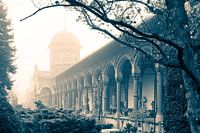 Cemetery The HagueRaoul Suermondt
Cemetery The HagueRaoul Suermondt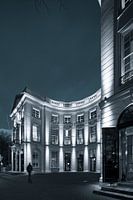 Royal Theatre The HagueRaoul Suermondt
Royal Theatre The HagueRaoul Suermondt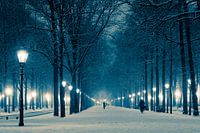 The Hague in WinterRaoul Suermondt
The Hague in WinterRaoul Suermondt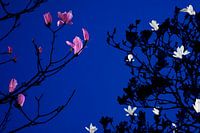 MagnoliaRaoul Suermondt
MagnoliaRaoul Suermondt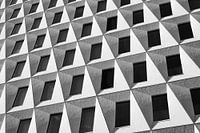 Composition in gray tones 1Raoul Suermondt
Composition in gray tones 1Raoul Suermondt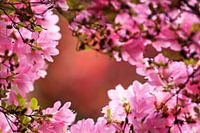 Japanese garden 2Raoul Suermondt
Japanese garden 2Raoul Suermondt Center of The Hague during twilightRaoul Suermondt
Center of The Hague during twilightRaoul Suermondt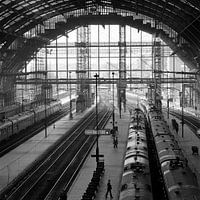 Central Station AntwerpRaoul Suermondt
Central Station AntwerpRaoul Suermondt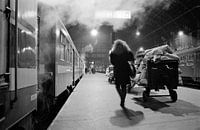 Central Station AntwerpRaoul Suermondt
Central Station AntwerpRaoul Suermondt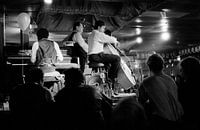 New Orleans - jazz cafeRaoul Suermondt
New Orleans - jazz cafeRaoul Suermondt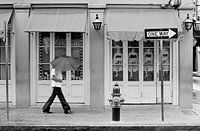 New Orleans - Rainy dayRaoul Suermondt
New Orleans - Rainy dayRaoul Suermondt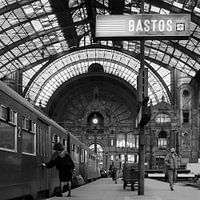 Central Station AntwerpRaoul Suermondt
Central Station AntwerpRaoul Suermondt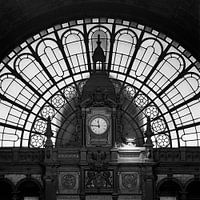 Central station AntwerpRaoul Suermondt
Central station AntwerpRaoul Suermondt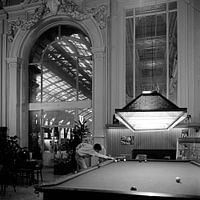 Antwerp Central StationRaoul Suermondt
Antwerp Central StationRaoul Suermondt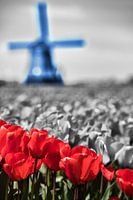 Red White BlueRaoul Suermondt
Red White BlueRaoul Suermondt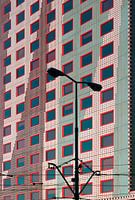 Architecture DetailRaoul Suermondt
Architecture DetailRaoul Suermondt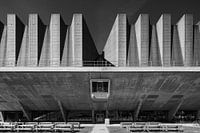 Aula TU DelftRaoul Suermondt
Aula TU DelftRaoul Suermondt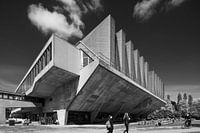 Aula TU DelftRaoul Suermondt
Aula TU DelftRaoul Suermondt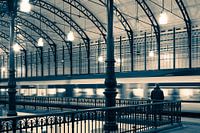 Hollands Spoor The HagueRaoul Suermondt
Hollands Spoor The HagueRaoul Suermondt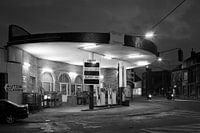 Petrol stationRaoul Suermondt
Petrol stationRaoul Suermondt
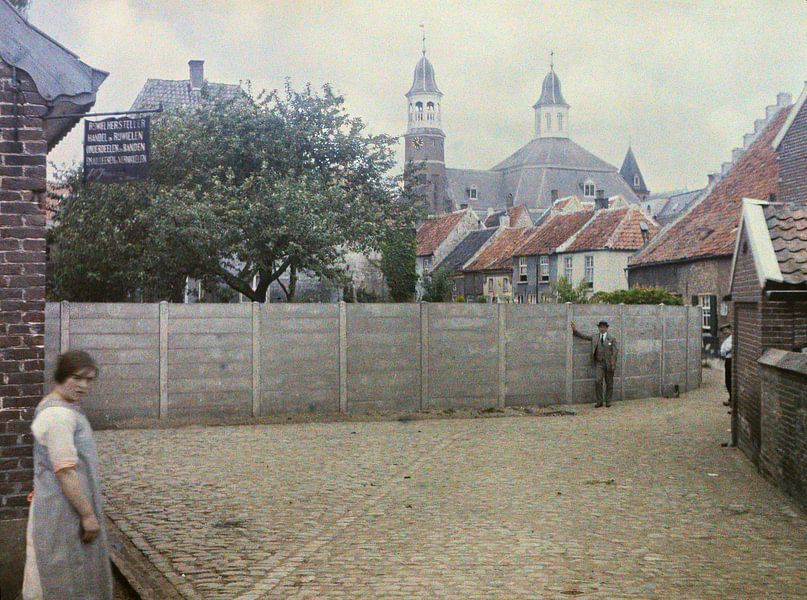

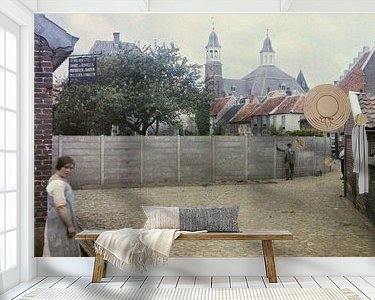
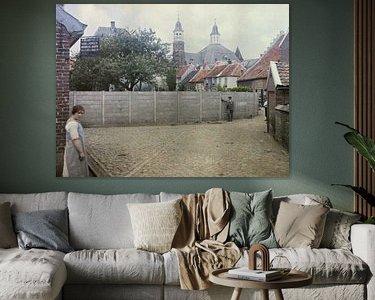

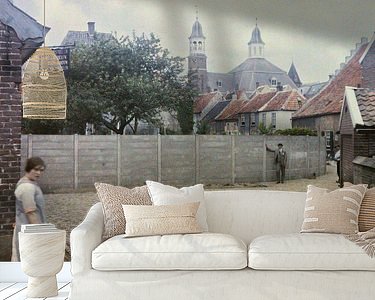


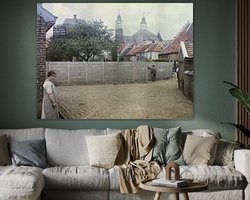


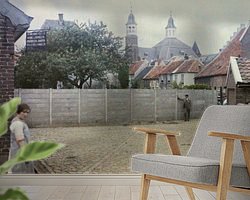
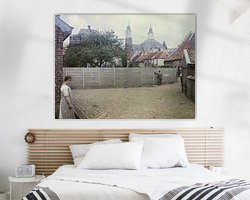
 Brabant
Brabant Nostalgic Memories
Nostalgic Memories Photo wallpaper
Photo wallpaper Photography
Photography Serene Peace
Serene Peace The Netherlands
The Netherlands Urban landscapes
Urban landscapes









